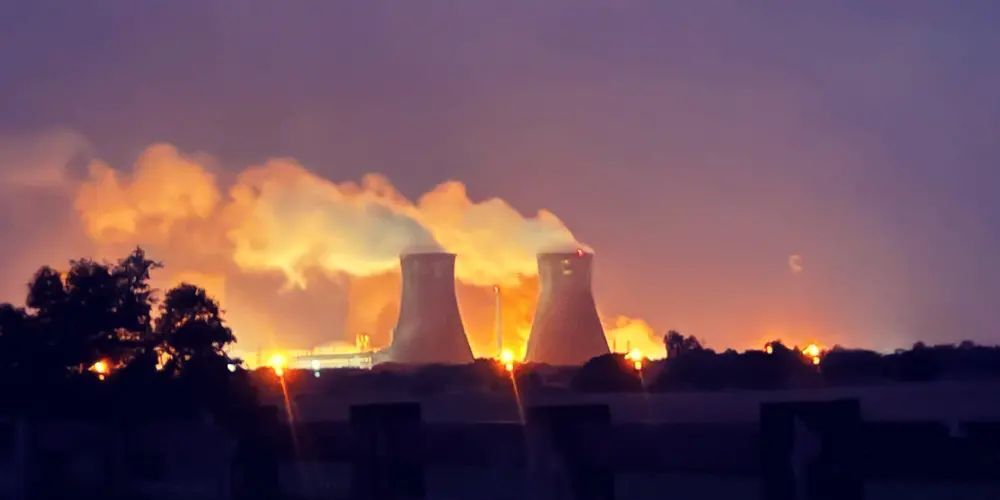Kakrapar Atomic Power Project achieved the milestone of criticality for the first time on the 18th of December 2023. Criticality is the start of a controlled fusion chain reaction. After fulfilling the required specific criteria of the Atomic Energy Regulatory Board (AERB) this criticality was achieved. Moreover, clearance was issued by AERB after a rigorous review of the safety of the plant systems. The 4th unit of the Kakrapar Atomic Power Project (KAPP 4) was able to achieve this criticality. Additionally, KAPP-4 is the second among sixteen indigenous Pressurised Heavy Water Reactors (PHWR) of 700 MW each being established in the country.
Several other tests and experiments will be conducted after the first criticality. These experiments will be conducted step by step in accordance with the clearances of the AERB to increase the power level. The process will eventually lead to the unit operating at full power.
Kakrapar Atomic Power Project is a nuclear power station in India. It’s a crucial player in India’s nuclear power generation, boasting two of the nation’s largest reactors. Presently it is functioning at Kakrapar in Surat district of Gujarat. KAPP is located on the bank of the Tapti River.

History of Kakrapar Atomic Power Project
Let’s delve into its fascinating history:
Phase I: Early Beginnings (1984-1995)
Conception and Construction: The project’s journey began in 1984 with construction work getting underway. This initial phase aimed to establish two pressurized heavy-water reactors (PHWRs) with a capacity of 220 MW each.
Unit 1 Goes Critical (1992): After years of dedicated effort, KAPP-1 achieved criticality on September 3, 1992, marking a significant milestone. Just over six months later, on May 6, 1993, it commenced commercial electricity generation.
Unit 2 Follows Suit (1995): KAPP-2 followed its sibling’s footsteps, achieving criticality on January 8, 1995, and starting commercial operations on September 1, 1995. Undoubtedly these two units established KAPP as one of India’s premier nuclear power plants.
Phase II: Expansion and Innovation (2007-Present)
Embracing Indigenous Technology: In 2007, the Indian government approved plans to expand KAPP with two indigenously designed PHWRs, designated IPHWR-700, each with a capacity of 700 MW. Finally, this marked a significant shift towards technological self-reliance in the nuclear sector.
Construction Begins (2010-2011): The first concrete pour for KAPP-3 and KAPP-4 took place in November 2010 and March 2011, respectively. Initial projections anticipated their operation by early and late 2018.
Overcoming Challenges: The project faced unforeseen delays due to various technical and logistical hurdles. Despite these challenges, construction progressed steadily, and KAPP-3 finally achieved criticality on September 10, 2021, followed by commercial operation on August 30, 2023.
Impact and Significance of Kakrapar Atomic Power Project:
The Kakrapar Atomic Power Project has played a vital role in India’s energy security. Moreover, it currently contributes over 2,000 MW to the national grid, meeting the power needs of millions of people. It’s also a testament to India’s growing expertise in nuclear technology and its commitment to clean energy solutions.
Looking Ahead:
With the successful commissioning of KAPP-3 and achieving criticality of KAPP-4, the Kakrapar Atomic Power Project is poised to further strengthen India’s position as a leading nuclear power nation. The project’s future holds immense promise for contributing to a sustainable and energy-secure future for India.

